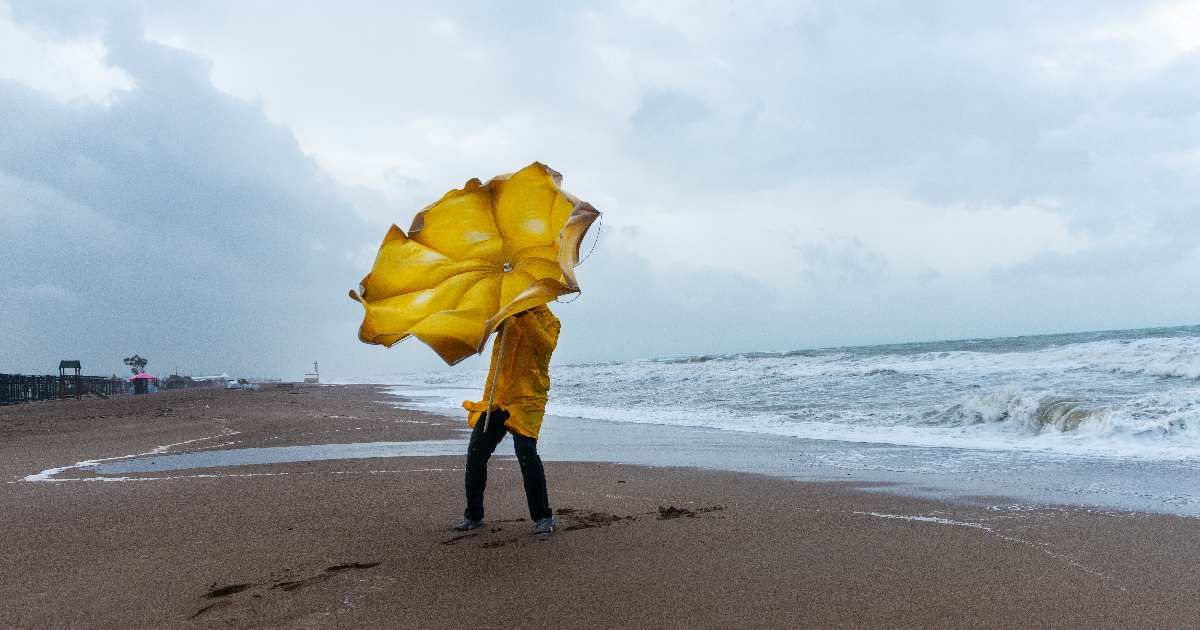Hurricane Melissa’s Speed Has Doubled in Just 24 Hours — Thanks to Warming Atlantic Ocean

Hurricane Melissa has entered Category 5 after doubling its wind speed in about 24 hours over the weekend. The storm, moving at the rate of 157 mph, is predicted to strike Jamaica on Tuesday and head to Cuba and the Bahamas the following day. Scientists believe that the rising temperature of the Atlantic Ocean has contributed to the drastic increase in hurricane-force wind speeds. This is the fourth storm in the Atlantic to have undergone rapid changes in terms of wind speed and power, as per The Washington Post.

Akshay Deoras, a meteorologist at the University of Reading, U.K., said, “That part of the Atlantic is extremely warm right now — around 30 degrees Celsius (86 degrees Fahrenheit), which is 2 to 3 degrees Celsius above normal." He explained that not just the surface but also the "deepest layer of the ocean are also unusually warm, providing a vast reservoir of energy for the storm." As someone who has studied climate change for many decades, Deoras can claim that the increase in storm intensity has been rather quick lately.

Expanding on this, Bernadette Woods Placky, chief meteorologist at Climate Central, said, “Climate change is fundamentally changing our weather. It does not mean that every single tropical cyclone is going to go through rapid or super-rapid intensification." She added, "However, in our warmer world, it will continue to increase the likelihood of storms going through rapid and super-rapid intensification." Given the increasing rate of global warming, storm intensification will likely take a turn for the worse.

In a 2023 study, scientists found that the chances of Atlantic hurricanes transitioning from minor storms to deadly ones will likely double in the future. The study, published in Scientific Reports, analyzed 830 tropical Atlantic hurricanes since 1971, and the results were quite surprising. In the past 20 years, 8.1% of storms that started as Category 1 storms turned into catastrophic hurricanes within only 24 hours, the same as Hurricane Meslissa. In contrast, this drastic transition happened in only 3.2% of the time between the years 1971 and 1990.

The increase in global warming and greenhouse gas emissions in recent times has increased storm threats, especially in coastal areas. “We’re living in a warmer world, and that means hurricanes are more likely to intensify quickly, especially near coastlines,” Deoras said. If a hurricane is formed within the ocean and eventually dissipates, it checks out. However, in case the storm reaches the coastal lands, it can pose a severe threat to the nearby lives and infrastructure. Hurricane Melissa is heading in the same direction, going off the coast and near Jamaica and other regions. "It's a big problem," Deoras added.

The rising sea level has made it even more difficult to navigate storms in a controlled manner. Scientists explained that with 90% of the atmospheric heat entering the ocean, the water level is increasing rapidly and is creeping into the coastline, which is ripping away at the nearby infrastructure. “We can’t stop hurricanes, but we can reduce the risk by cutting emissions and improving coastal defenses,” Deoras said.
More on Green Matter
Climate Change Continues to Cause and Strengthen Hurricanes Like Hurricane Beryl
Two Hurricanes in the Southwest Are Coming Close to Each Other — but Will They Collide?
The 2025 Hurricane Season Is Predicted to Have "Above Normal" Levels of Activity